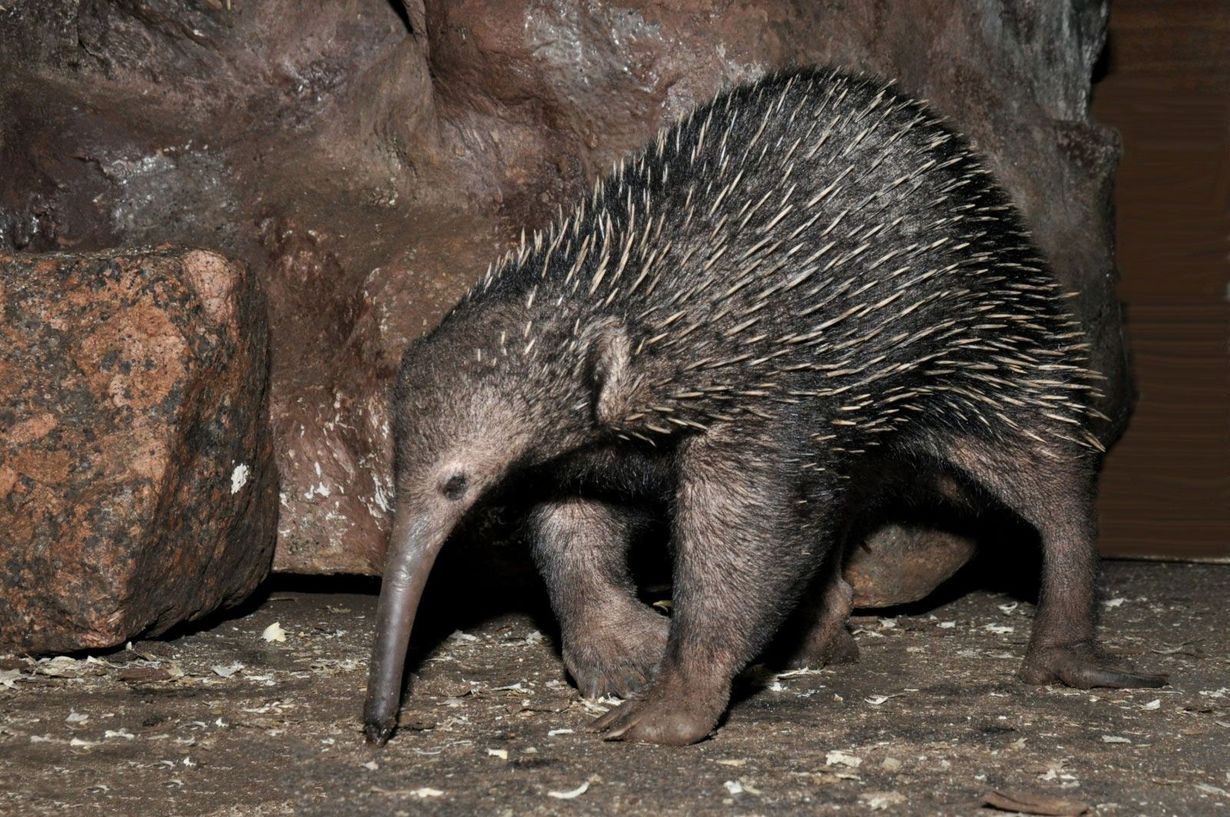
Did you know that the spiny anteater, also known as the echidna, is one of the few egg-laying mammals? These fascinating creatures, native to Australia and New Guinea, have some truly unique features. For starters, they sport spines similar to a porcupine's, which help protect them from predators. Unlike most mammals, echidnas lay eggs and have a pouch where their young develop. Their long, sticky tongues are perfect for catching ants and termites, their primary diet. Echidnas also have an incredible sense of smell, aiding them in finding food. Despite their prickly appearance, they are shy and solitary animals. Ready to learn more amazing facts about these extraordinary creatures? Let's dive into the world of the spiny anteater!
What is a Spiny Anteater?
The spiny anteater, also known as the echidna, is a fascinating creature. These unique animals are native to Australia and New Guinea. They belong to a rare group of egg-laying mammals called monotremes. Let's dive into some intriguing facts about these spiky wonders.
Physical Characteristics
Spiny anteaters have some distinct features that set them apart from other mammals. Their appearance is both peculiar and captivating.
- Spines: Covered in sharp spines made of keratin, similar to human fingernails.
- Beak: Possess a long, slender beak used for sensing and catching prey.
- Tongue: Their sticky tongue can extend up to 18 cm to capture insects.
- Size: Typically weigh between 2 to 7 kilograms.
- Color: Fur color ranges from light brown to black, aiding in camouflage.
Unique Reproductive Traits
Echidnas have some of the most unusual reproductive traits among mammals. Their methods are both fascinating and complex.
- Egg-laying: One of the few mammals that lay eggs.
- Pouch: Females develop a temporary pouch to incubate eggs.
- Hatching: Eggs hatch in about 10 days.
- Puggles: Baby echidnas are called puggles.
- Milk: Females secrete milk through specialized mammary glands, which puggles lap up.
Diet and Feeding Habits
Spiny anteaters have a specialized diet that primarily consists of insects. Their feeding habits are quite unique.
- Insectivores: Mainly eat ants and termites.
- Digging: Use powerful claws to dig into ant nests and termite mounds.
- No teeth: Lack teeth, so they grind food between their tongue and the roof of their mouth.
- Electroreception: Beak can detect electrical signals from prey.
- Feeding frequency: Can consume up to 40,000 ants or termites in a single day.
Habitat and Behavior
Understanding where spiny anteaters live and how they behave provides insight into their survival strategies.
- Habitat: Found in forests, woodlands, and grasslands.
- Solitary: Prefer to live alone, except during mating season.
- Burrowing: Create burrows for shelter and protection.
- Nocturnal: Mostly active at night to avoid predators.
- Hibernation: Some species hibernate during colder months.
Defense Mechanisms
Spiny anteaters have developed several ways to protect themselves from predators. Their defense mechanisms are both effective and interesting.
- Spines: Use spines to deter predators.
- Curling up: Roll into a ball, exposing only their spines.
- Burrowing: Quickly dig into the ground to escape threats.
- Camouflage: Blend into their surroundings to avoid detection.
- Low metabolism: Can survive on minimal food, reducing the need to forage and risk exposure.
Evolutionary Significance
Echidnas hold a special place in the evolutionary history of mammals. Their ancient lineage provides valuable insights.
- Monotremes: One of only five existing monotreme species.
- Ancient lineage: Existed for over 20 million years.
- Primitive traits: Retain several primitive features, such as egg-laying.
- Genetic studies: Help scientists understand mammalian evolution.
- Fossil record: Fossils provide clues about their ancient relatives.
Conservation Status
The conservation status of spiny anteaters is crucial for their survival. Efforts to protect them are ongoing.
- Threats: Face threats from habitat destruction and climate change.
- Conservation efforts: Protected by law in Australia and New Guinea.
- Research: Ongoing studies to understand their ecology and behavior.
- Public awareness: Efforts to educate people about their importance and need for protection.
Fascinating World of Spiny Anteaters
Spiny anteaters, or echidnas, are truly unique creatures. Their mix of mammalian and reptilian traits makes them stand out in the animal kingdom. From their spiky defenses to their egg-laying habits, these animals are full of surprises. They play a crucial role in their ecosystems by controlling insect populations and aerating the soil with their digging.
Understanding these fascinating creatures helps us appreciate the diversity of life on Earth. It also highlights the importance of conservation efforts to protect their habitats. Next time you think of unusual animals, remember the spiny anteater and its remarkable adaptations.
So, whether you're a nature enthusiast or just curious about wildlife, there's always something new to learn about these incredible animals. Keep exploring, stay curious, and who knows what other amazing facts you'll uncover about the natural world!
Was this page helpful?
Our commitment to delivering trustworthy and engaging content is at the heart of what we do. Each fact on our site is contributed by real users like you, bringing a wealth of diverse insights and information. To ensure the highest standards of accuracy and reliability, our dedicated editors meticulously review each submission. This process guarantees that the facts we share are not only fascinating but also credible. Trust in our commitment to quality and authenticity as you explore and learn with us.
